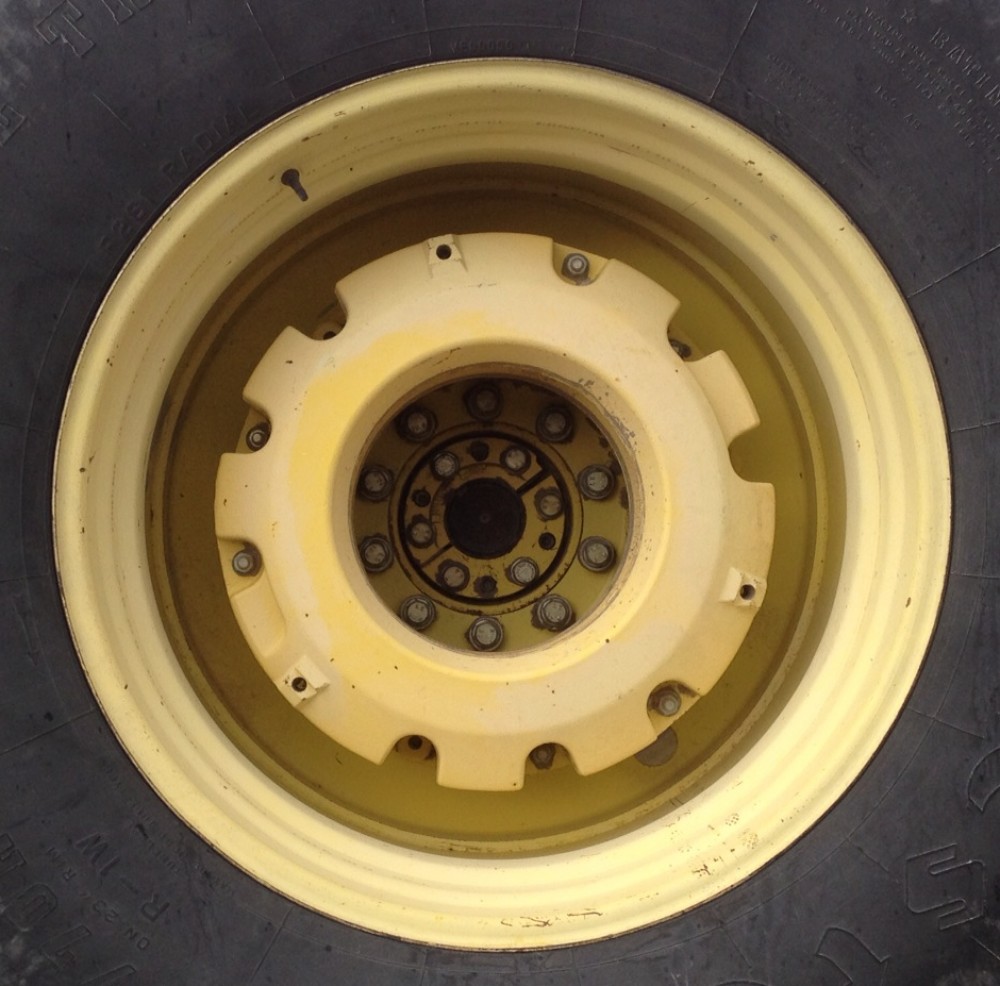Opposites attract.
We are intrigued by people who are different than us.
On the other hand, we move away from those who are too much like ourselves.
Similarities repulse — we have all seen this at parties.
Opposites attract and similarities repulse.
This fundamental principle is at the heart of human relationships and electricity.
Everybody and everything is composed of atoms. Each atom has a nucleus or center composed of protons, each with a positive charge, and neutrons, with no charge. For the nucleus, think of our sun. Around the nucleus, electrons, each with a negative charge, spin and race. For the electrons, think of the planets circling the sun.
That is an atom, and that is where we and electricity start.
Now, a positive particle (proton) would normally push away from another positive particle (proton) – the same with two negative particles (electrons). And, a positive particle (proton) would normally be attracted to and move toward a negative particle (electon) – and vice versa. That’s how parties work, and that’s how atoms should work. But, atoms don’t act this way. Nuclear energy keeps the positive protons together in the nucleus, and nuclear energy keeps the negative electrons spinning around but not toward the nucleus.
I hope this illustration helps you to see how powerful nuclear energy must be to keep all those similar personalities in close quarters. No party would last long with that mix packed in the kitchen. You couldn’t hold it together. There would be a blowup for sure. And, that is exactly what happens when you mess with the balance inside the atom – a nuclear explosion.
We don’t want that, but we do want to use that incredible nuclear energy in productive ways — if we can.
One way has been discovered — with the help of metals and magnets.
We’ve all played with magnets. When you put a magnet near a piece of metal, what happens? They attract, they snap together, you can pull the metal with the magnet, and you can have all sorts of fun. The magnetic field of the magnet creates a positive force that attracts the negative electrons in the metal. The magnet causes the metal electrons to jump, flow and reach toward the magnet. I don’t know that anyone understands how the magnet taps into the nuclear or pent-up energy of the atom, but it does. The metal electrons move toward the magnet.
Magnets make metal move.
Now, let’s move on to electricity.
Electric wires are made out of metal. If we were to follow one of the electric wires in your house, back inside the wall, outside, up the pole, from tower to tower, continuing out of town and finally into the power plant in the country, we’d find the wire looping around a spinning magnet-containing contraption called a generator. That generator has a rotator, a shaft and an assembly made up of magnets surrounded by our wire tied around and around the whole whatsyacallit. When wind, water or steam energy is used to turn the shaft, the magnets spin and the electrons in the wire jump and move and run after the spinning magnetic field.
Those running electrons are electricity.
They are so excited that the electrons keep moving along the wire jumping and bumping from metal atom to metal atom all the way back to your house where you wear them out in an electric light bulb, on the stove making dinner, powering the TV for your favorite show or surging through the computer for work and play.
And you thought it was just a switch.
Keep those electrons moving.
It’s the power of attraction.
Just a little nuclear.
Grandpa Jim
